39 country of origin meat labels
Country of Origin Labeling - Meat Institute A meat product from beef (including veal), pork, lamb, chicken, or goat must bear a COOL label or is subject to labeling providing COOL information if: It is sold at retail, AND. ... Country of Origin Labeling 1150 Connecticut Avenue, NW, 12th floor · Washington, DC 20036 Country of Origin: What's in a Label? - The Beef Site The long awaited Country of Origin Labeling rules - widely abbreviated to COOL - came into effect in America on the 30 September. The belief is that by tracking food items from farm to fork the department of agriculture will be better equipped to monitor where the food chain safety precautions break down when things go wrong.
Country Of Origin Labeling for Meat On September 11, 2013, a U.S. district judge refused to stop the USDA from requiring more specific country-of-origin labeling (COOL) for meat sold in U.S. stores. Formerly, federal regulations required U.S. retailers to label a product's country or countries of origin (i.e. "Product of U.S.A." or "Product of Canada and U.S.A.").

Country of origin meat labels
PDF Effects of Country-of-Origin Labeling on Meat Producers and Consumers requiring meat, fruits and vegetables, and peanuts to be labeled as to their country of origin. The original bill stipulated that the first two years of the program labeling will be voluntary, but country-of-origin labeling (COOL) will be mandatory by September 2004, with potentially hefty fines imposed on retailers who violate labeling require- Fact-check: Meatpackers are lying to you about Country of Origin ... In 2002, WORC spearheaded efforts to get Country of Origin Labeling (COOL) into the Farm Bill. Unfortunately, in 2015 Congress voted to repeal COOL for beef and pork, under pressure from lobbyists of corporate meatpackers who control more 84% of U.S. cattle slaughter. Food labelling: country of origin - GOV.UK Food labelling: country of origin Beef and veal labelling. For beef and veal sold in GB, you can refer to 'non-EU' until 30 September 2022. From 1 October... Minced beef and veal labelling. GB and NI origin beef can continue to be batched together for sale on any market. They... Poultry, sheep, ...
Country of origin meat labels. Country of Origin Labeling (COOL) Frequently Asked Questions Country of Origin Labeling (COOL) is a consumer labeling law that requires retailers (most grocery stores and supermarkets) to identify the country of origin on certain foods referred to as "covered commodities". The 2002 and 2008 Farm Bills and the 2016 Consolidated Appropriations Act amended the Agricultural Marketing Act of 1946 to require retailers to notify their customers of the country of origin of muscle cuts and ground lamb, chicken, goat, wild and farm-raised fish and shellfish Origin labelling - Language selection | Food Safety (Article 26(2)(a)). In addition, the Regulation requires the origin labelling for fresh, chilled and frozen meat of swine, sheep, goats and poultry and ... Country of Origin Labeling on Meat Products - Meat Matters The U.S. Congress determined that country-of-origin information should be provided for some meat products. Beginning in October 2008, country-of-origin information is appearing on meat product labels or on signs in the meat department to indicate the country or countries where an animal may have been born, raised and processed. Country of Origin Labeling - Meat Institute Will country of origin labels raise the cost of meat? USDA estimated the cost to implement mandatory country of origin labeling in the first year alone will be about $2.5 billion. Given the costs associated with recordkeeping and the necessary segregation of livestock and meat in plants based on their origin that will be critical in ensuring label accuracy, that number could be too low.
Country of Origin Labeling (COOL) | Agricultural Marketing Service Country of Origin Labeling (COOL) is a labeling law that requires retailers, such as full-line grocery stores, supermarkets and club warehouse stores, to notify their customers with information regarding the source of certain foods. Food products covered by the law include muscle cut and ground meats: lamb, goat, and chicken; wild and farm-raised fish and shellfish; fresh and frozen fruits and vegetables; peanuts, pecans, and macadamia nuts; and ginseng. Must ground beef have a country of origin label? - USDA Must ground beef have a country of origin label? Jul 17, 2019 Knowledge Article Muscle cuts and ground beef and pork items are no longer subject to country of origin labeling (COOL) requirements . In December 2015, Congress rescinded beef, pork, ground beef and ground pork from mandatory COOL requirements. Meat Labeling Law Repeal Leaves Buyers in Dark About Product Origins After more than a decade of wrangling, Congress repealed a meat labeling law last month that required retailers to include the animal's country of origin on packages of pork and beef. It's a major... Mandatory country-of-origin labeling (US) - Wikipedia This law had required retailers to provide country-of-origin labeling for fresh beef, pork, and lamb. The program exempted processed meats.
House Votes to Remove Country-of-Origin Labels on Meat Sold in U.S. House Votes to Remove Country-of-Origin Labels on Meat Sold in U.S. Washington seeks to prevent a long battle over the labels with Canada and Mexico Country-of-origin labels were mandated by... USDA announces it will revisit country of origin labeling For years, farm groups and consumer advocates have asked the Department of Agriculture (USDA) to end that confusion, and reinstate a policy called country of origin labeling. That policy, known as COOL within the industry, required meat companies to disclose where their beef and pork was born, raised, and slaughtered. Did the U.S. Remove 'Country of Origin' Labeling from Meat? The repeal would not affect existing requirements for country-of-origin labeling for lamb, venison, goat meat, perishable agricultural commodities, peanuts, farm-raised and wild fish, ginseng,... Country of Origin Labeling Country of Origin Labeling WELCOME! This site is designed to help the meat industry and retail stores comply with mandatory country of origin labeling (COOL) requirements based on the statute that went into effect on September 30, 2008, and the final rule that goes into effect on March 16, 2009.
What is the country of origin labeling for imported beef? - USDA The mandatory country of origin labeling of imported meat and poultry requires that if imported meat or meat products are intended to be sold intact to a processor, wholesaler, food service institution, grocer, or the household consumer, the country of origin labeling is conveyed to those market segments and recipients. If the imported meat or meat products are further processed in the United States, country of origin labeling is no longer required on the newly produced products or ...
Senators Want to Revive Country-of-Origin Labeling Sep 10, 2021 A bipartisan bill to restore country-of-origin labeling to American meat is due to be introduced in Congress next week. A mandatory country-of-origin labeling act (MCOOL) will be sponsored by U.S. Sens. John Thune (R-S.D.), Jon Tester (D-Mont.), Mike Rounds (R-S.D.) and Cory Booker (D-N.J.)
Country of Origin Labeling for Meat Back on the Menu The White House and Congress are both taking steps toward revising rules on "made in USA" labels for meat, with changes possible later this year. Under current Department of Agriculture rules, meat and poultry products that were derived from animals that may have been born, raised, and slaughtered in another country but are processed in the U.S. may be labeled as "product of USA."
H.R. 2393: Country of Origin Labeling Amendments Act of 2015 This was a vote to pass H.R. 2393 (114th) in the House. The Country of Origin Labeling Amendments Act of 2015 would repeal the requirement for meat products to be labeled with their country of origin. Currently meat products must include information on where the animal was bred, raised, and slaughtered. The Canadian government filed a complaint ...
Country of Origin Labeling: MCOOL bill officially introduced Senate Bill 2716 reinstates beef as among the numerous food commodities currently subject to the United States mandatory country-of-origin labeling (M-COOL) law that was originally passed by Congress in the 2002 Farm Bill. The reinstatement of beef into the existing M-COOL law will occur no later than one-year after S.2716 is enacted.
Country of Origin Labels | Shop cool stickers for food labeling - Brenmar Country Of Origin Produce Label - 1 roll of 500 (500570) $ 18.20 Custom Red Day-Glo Label - 1 roll of 500 (950000) $ 19.00 Custom White Label - 1 roll of 500 (950002) Rated 5.00 out of 5 $ 19.00 Farm Raised Label - 1 roll of 1000 (500557) $ 4.60 Origin Check off label Includes USA, Mexico, Canada - 1 roll of 500 (500583) $ 9.20
Do You Know Where Your Meat Comes From? - EcoWatch Under Country of Origin Labeling (COOL) laws, these products are required to carry labels that tell you if the product was imported from another country. But beef and pork? Those products are exempt from COOL laws. That means consumers have no idea where their steak and bacon came from, unless the producer chooses to label it.
House votes to repeal country of origin label requirement for meat Canada and Mexico have opposed the labeling because it causes their animals to be segregated from those of U.S. origin -- a costly process that has led some U.S. companies to stop buying exports....
Country of Origin Labeling of Agricultural Products Country of Origin Labeling for Meat Products. ... "Country of Origin Labeling of Beef, Pork, Lamb, Chicken, Goat Meat, Perishable Agricultural Commodities, Macadamia Nuts, and Peanuts." 7 CFR 65. United States Department of Agriculture - Agricultural Marketing Service. 2009. "Perishable Agricultural Commodities Act of 1930 (PACA)." 7 ...
Country of origin - Wikipedia The effects of country of origin labeling on consumer purchasing have been extensively studied. ... [which?] including many food items, to bear labels informing the ultimate purchaser of their country of origin. Meats, produce, and several other raw agricultural products generally were exempt. The 2002 farm bill (P.L. 107-171, Sec. 10816 ...
Country of origin labelling - Food Standards The Australian Government introduced a country of origin food labelling system under Australian Consumer Law on 1 July 2016. Country of origin labelling requirements for food is in the Country of Origin Food Labelling Information Standard 2016, under the Competition and Consumer Act 2010. These requirements became mandatory on 1 July 2018.
Food labelling: country of origin - GOV.UK Food labelling: country of origin Beef and veal labelling. For beef and veal sold in GB, you can refer to 'non-EU' until 30 September 2022. From 1 October... Minced beef and veal labelling. GB and NI origin beef can continue to be batched together for sale on any market. They... Poultry, sheep, ...
Fact-check: Meatpackers are lying to you about Country of Origin ... In 2002, WORC spearheaded efforts to get Country of Origin Labeling (COOL) into the Farm Bill. Unfortunately, in 2015 Congress voted to repeal COOL for beef and pork, under pressure from lobbyists of corporate meatpackers who control more 84% of U.S. cattle slaughter.
PDF Effects of Country-of-Origin Labeling on Meat Producers and Consumers requiring meat, fruits and vegetables, and peanuts to be labeled as to their country of origin. The original bill stipulated that the first two years of the program labeling will be voluntary, but country-of-origin labeling (COOL) will be mandatory by September 2004, with potentially hefty fines imposed on retailers who violate labeling require-
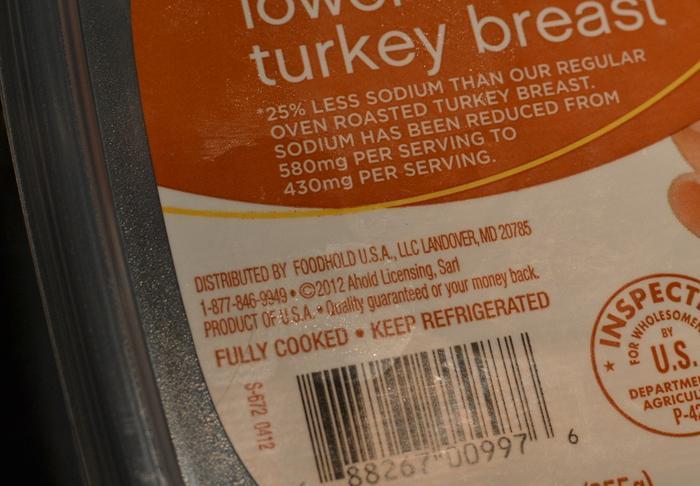


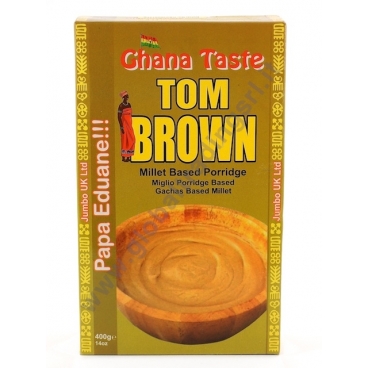



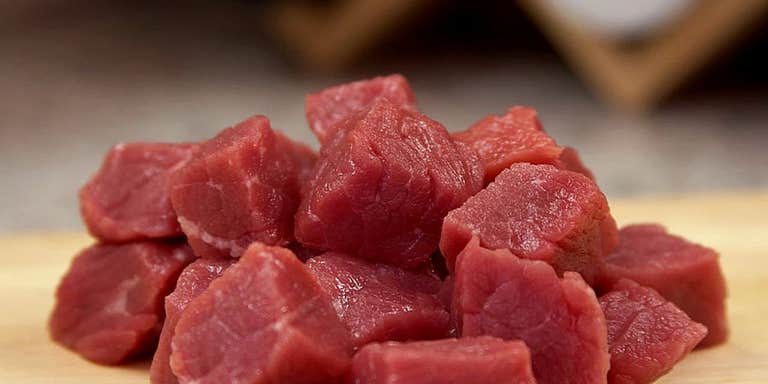

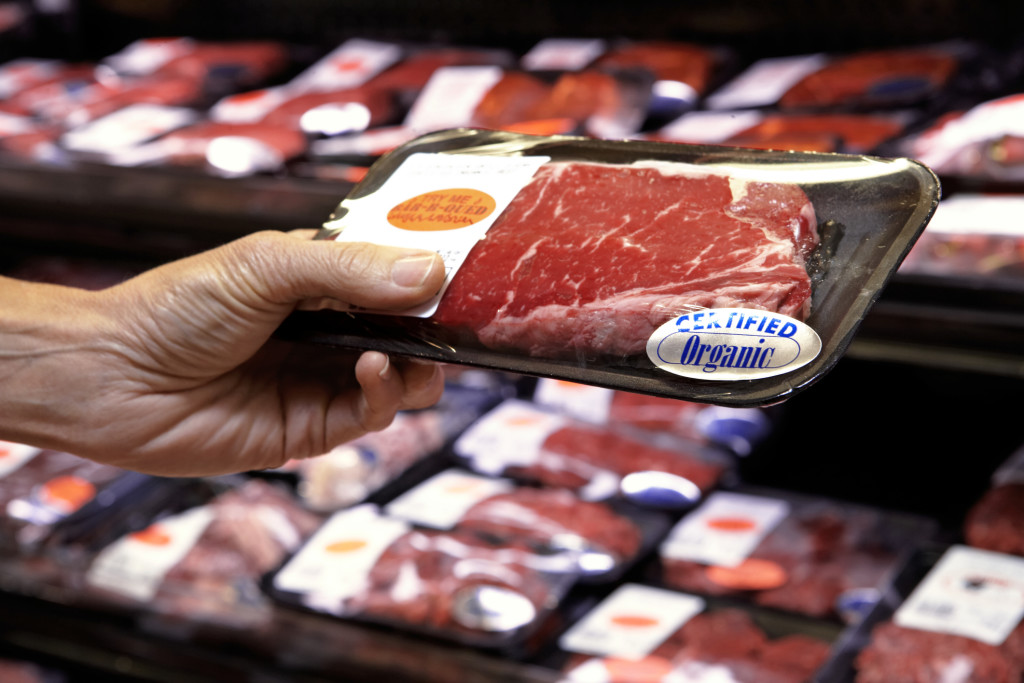
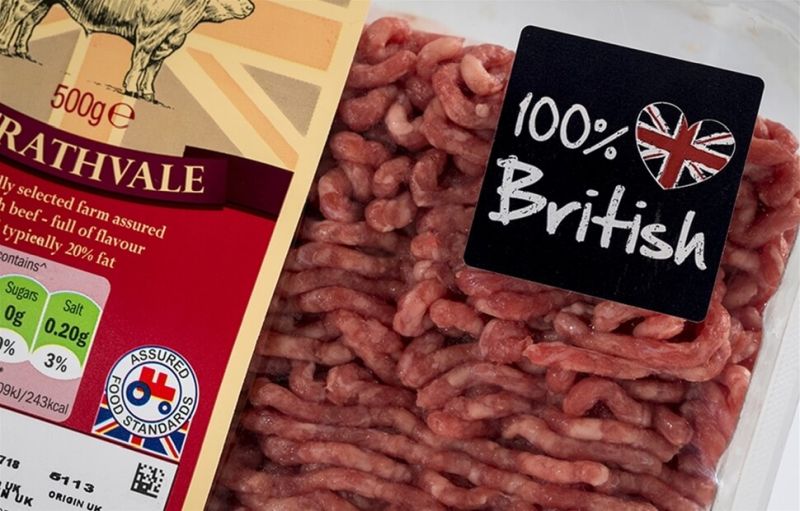
Post a Comment for "39 country of origin meat labels"